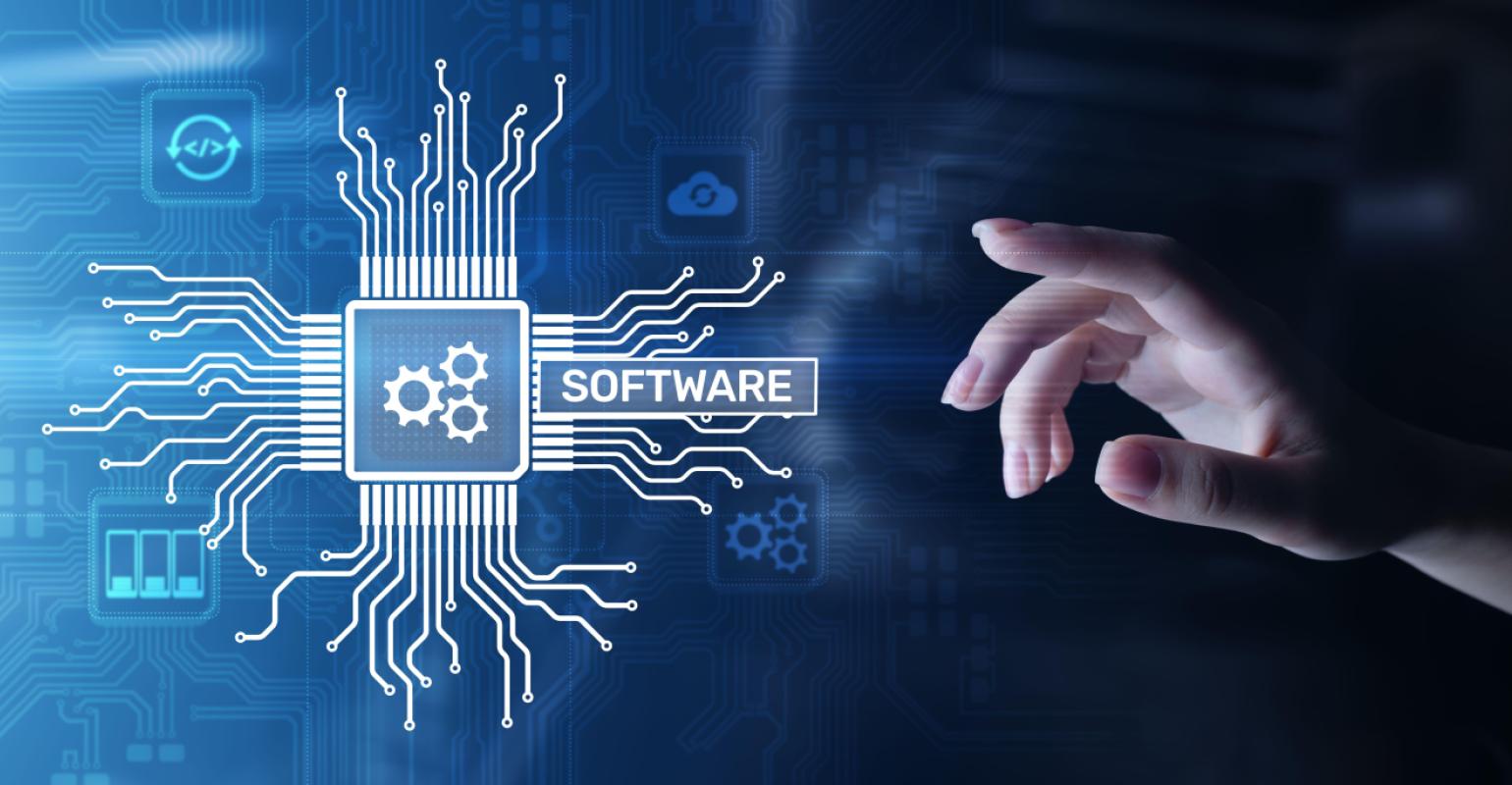

Latest Software Development Trends
Absolutely, staying up-to-date with the latest trends in software development is crucial for ensuring that your skills and projects remain relevant and effective. As of my last knowledge update in September 2021, here are some of the latest trends that were shaping the software development landscape. Please note that the industry might have evolved since then:
1. *Artificial Intelligence (AI) and Machine Learning (ML):* AI and ML have been increasingly integrated into software systems, enabling applications to learn from data, make predictions, and automate complex tasks. This trend includes things like natural language processing, recommendation systems, and image recognition.
2. *Low-Code and No-Code Development:* These platforms allow developers and even non-developers to create applications with minimal coding. This trend aims to increase productivity by abstracting away much of the technical complexity.
3. *DevOps and Continuous Integration/Continuous Deployment (CI/CD):* DevOps practices continue to gain traction, emphasizing collaboration between development and operations teams. CI/CD pipelines enable faster and more reliable software releases through automation.
4. *Containerization and Kubernetes:* Containers, such as Docker, have become a standard for packaging applications and their dependencies. Kubernetes, an orchestration platform, simplifies the deployment and management of containerized applications.
5. *Serverless Computing:* Serverless architectures abstract away infrastructure management, allowing developers to focus solely on writing code. Services like AWS Lambda and Azure Functions exemplify this trend.
6. *Progressive Web Apps (PWAs):* PWAs combine the best of web and mobile applications, offering a seamless user experience across various devices. They are reliable, fast, and easily installable.
7. *Microservices Architecture:* This approach involves breaking down applications into smaller, loosely coupled services that can be developed, deployed, and scaled independently. Microservices enhance agility and scalability.
8. *Blockchain Technology:* Beyond cryptocurrencies, blockchain is being explored for various applications, such as supply chain management, secure data sharing, and digital identity verification.
9. *Cybersecurity Focus:* With the increase in cyber threats, security is a paramount concern. Secure development practices, encryption, and regular vulnerability assessments are critical.
10. *Edge Computing:* Edge computing involves processing data closer to the source, reducing latency and improving real-time decision-making. It’s particularly relevant for IoT applications.
11. *Quantum Computing:* While still in its early stages, quantum computing holds potential for solving complex problems that are beyond the capabilities of classical computers.
12. *Ethical and Responsible AI:* As AI becomes more integral to our lives, the focus on ethical considerations, bias mitigation, and responsible AI development is increasing.
Keep in mind that the software development landscape evolves rapidly, and new trends may have emerged since my last update. Stay curious, continue learning, and adapt to the changing demands of the industry.




